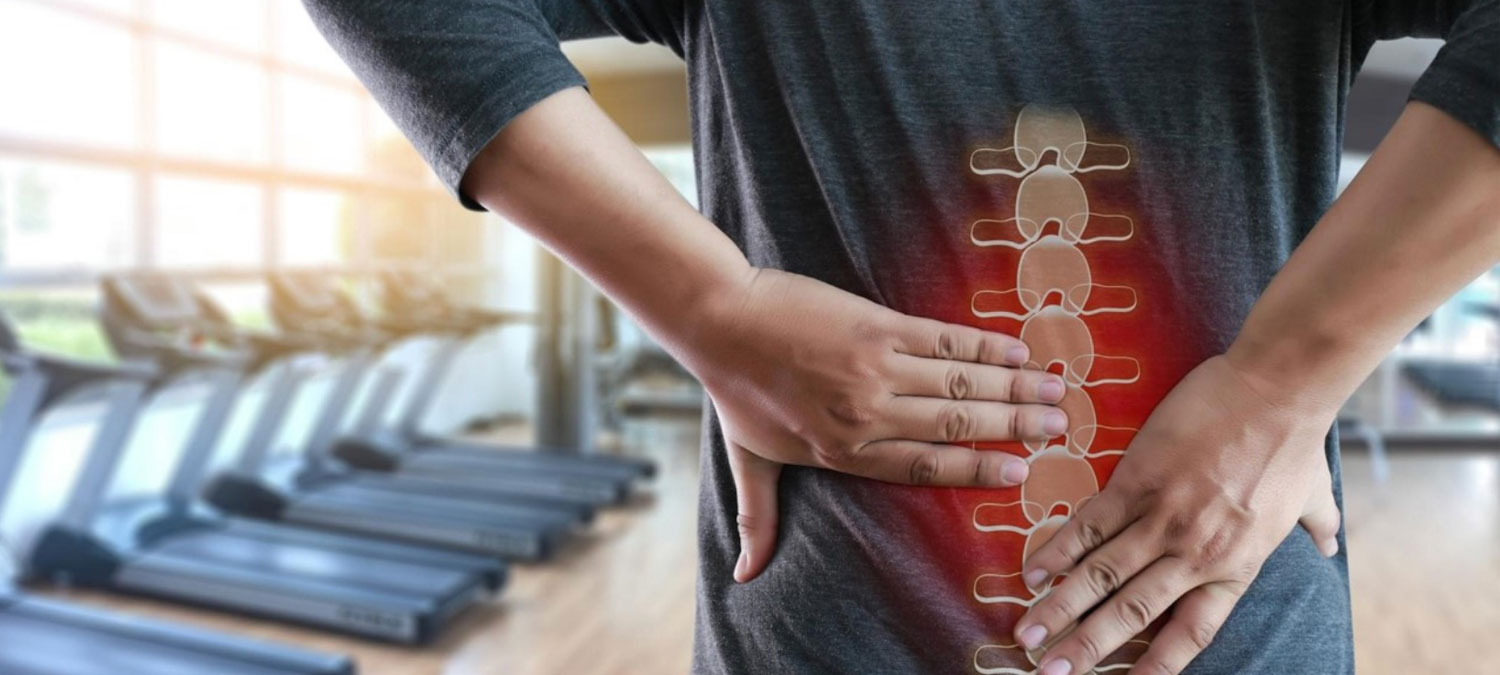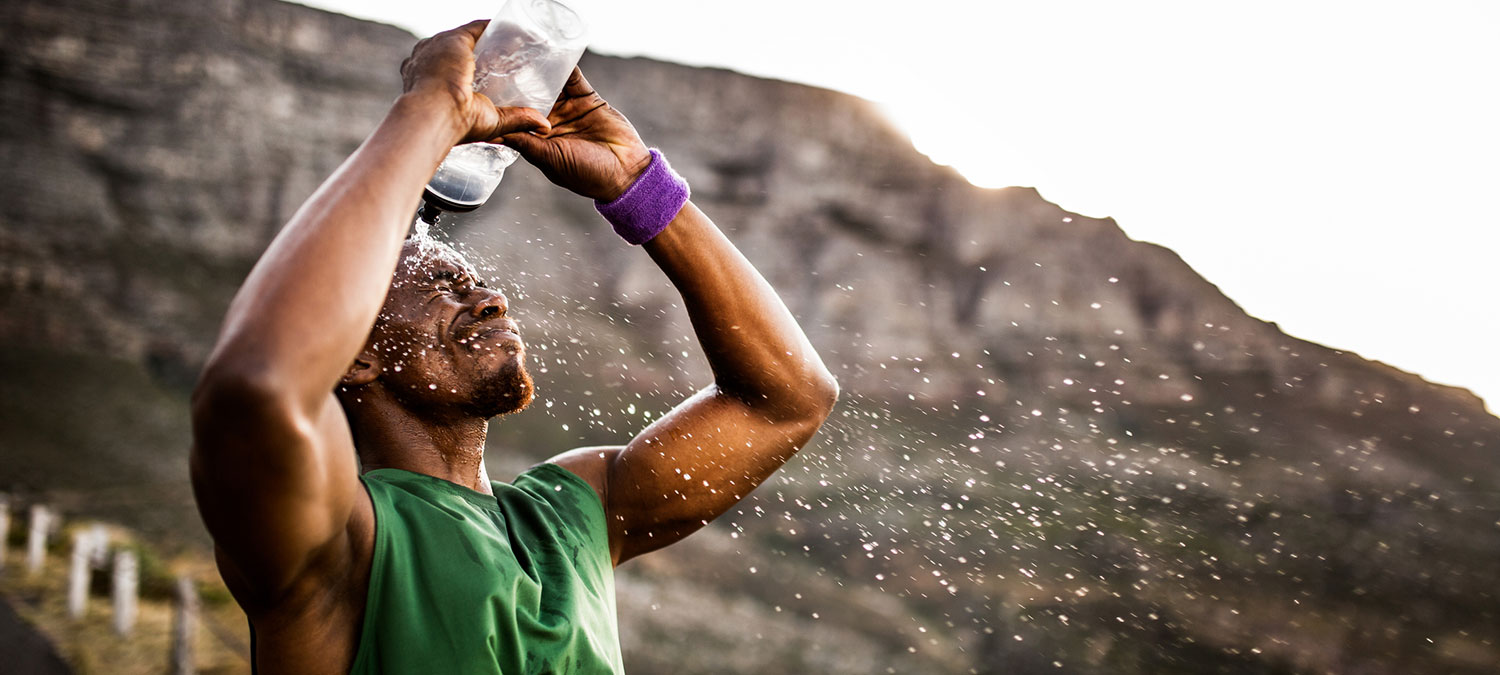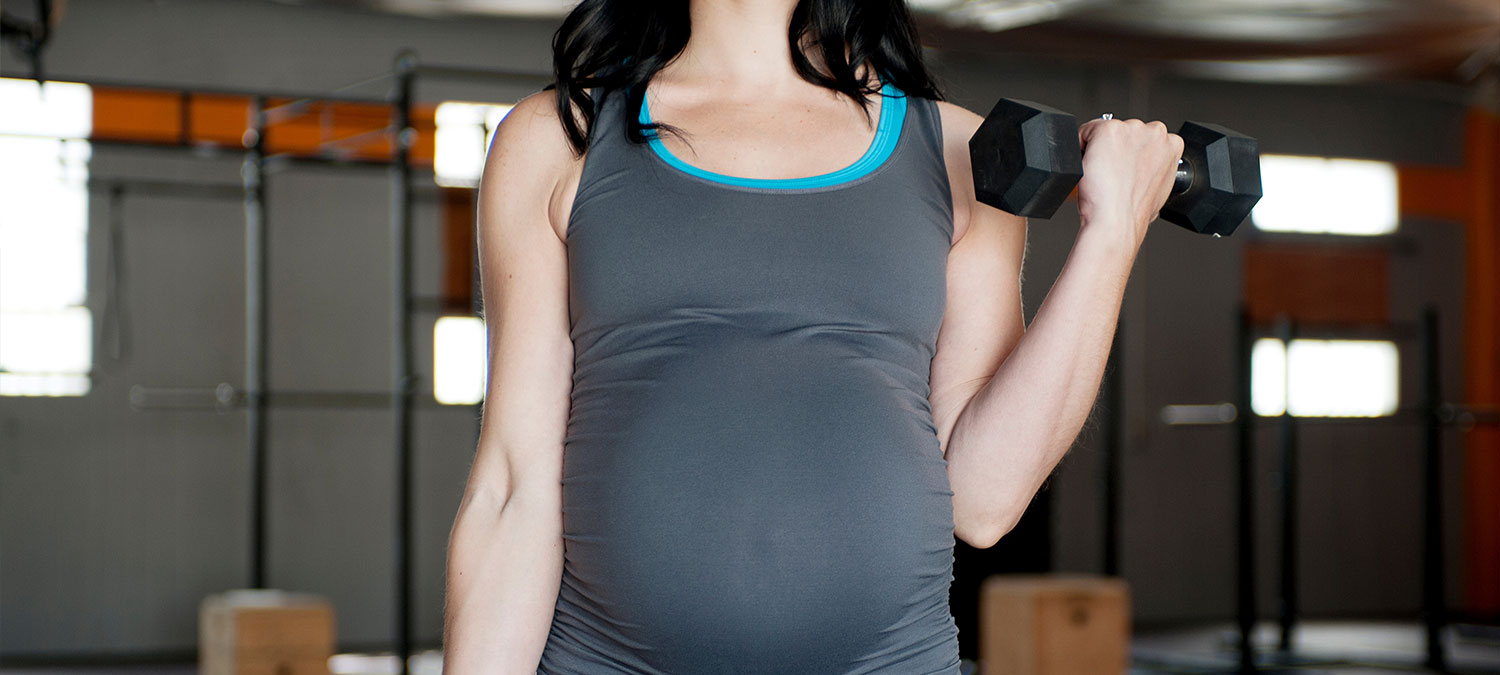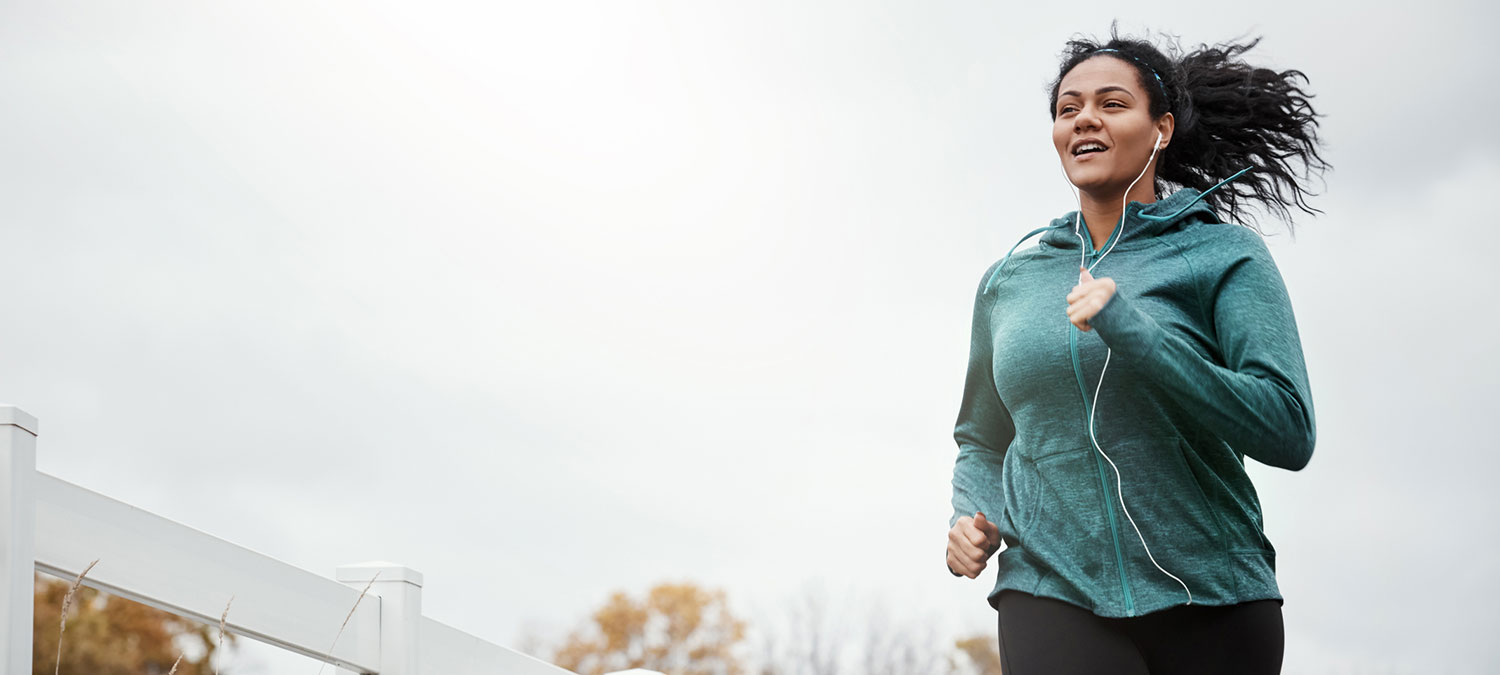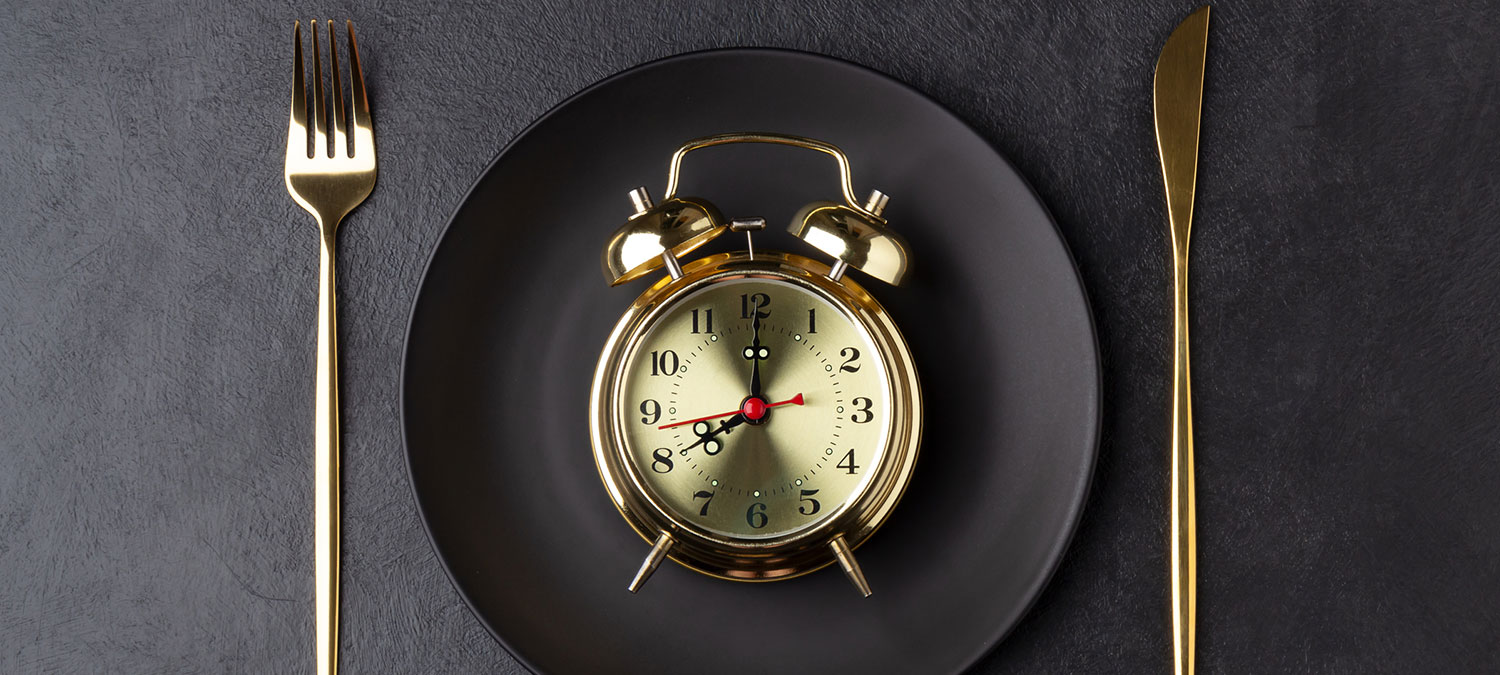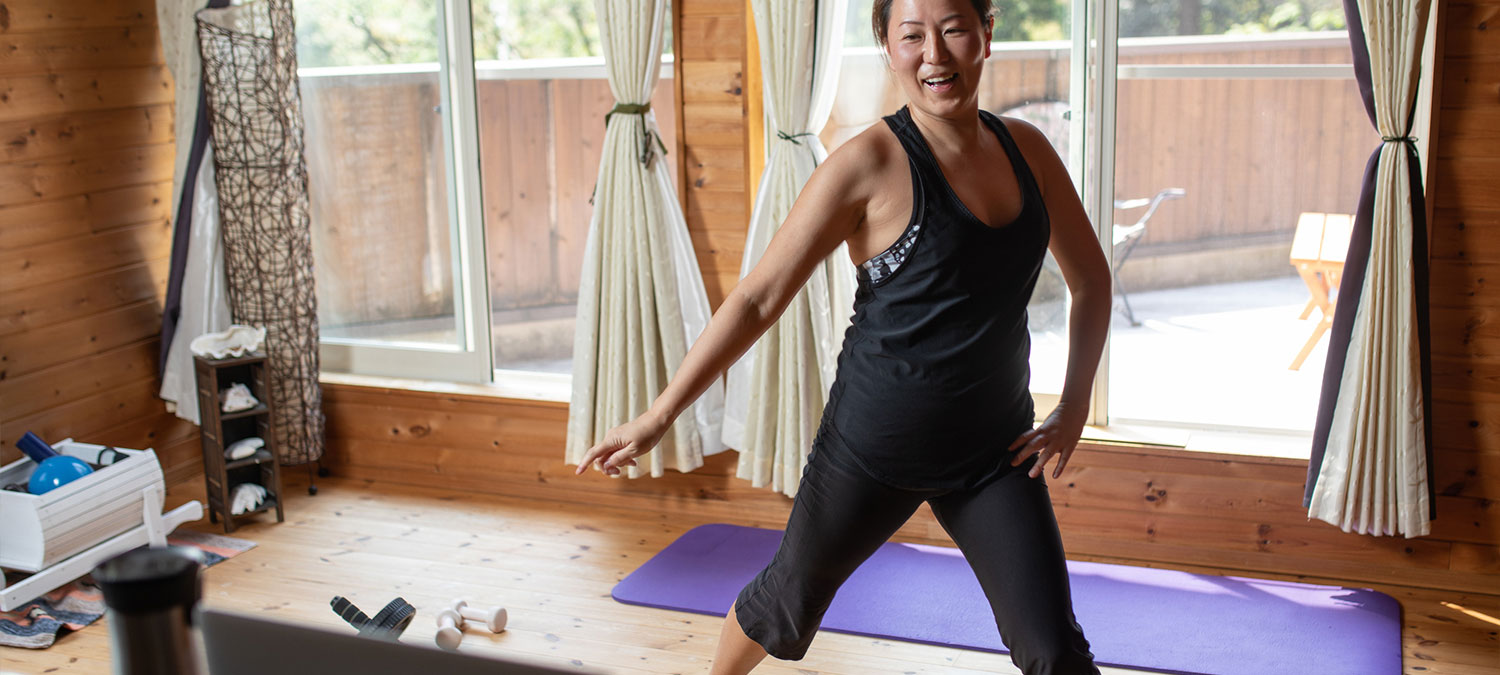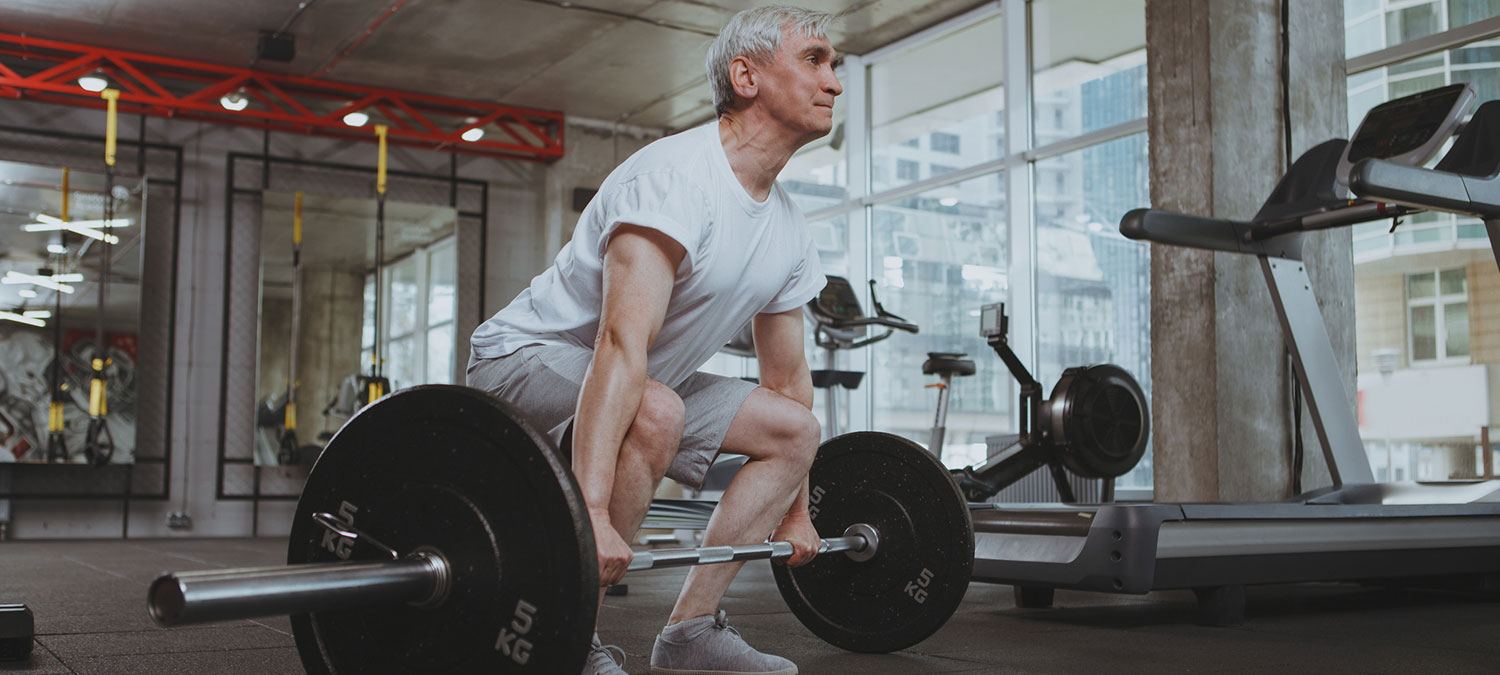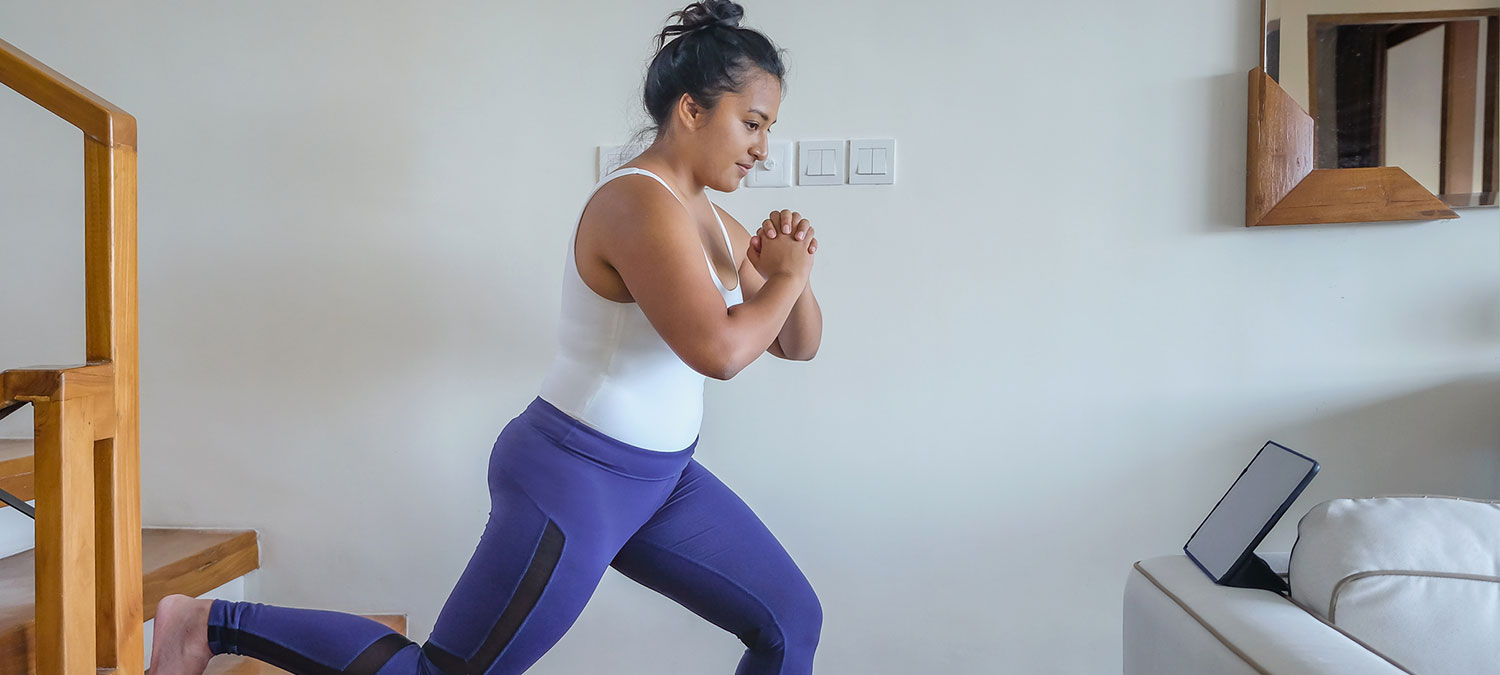What Causes Lower Back Pain?
MOTION: HOW YOU MOVE
Our spines are remarkable—they’re made up of incredibly intricate systems of bones, ligaments, tendons, and muscles that work together to enable movement in all directions. While all of this movement is great, the potential downside is that it can contribute to injuries and wear-and-tear damage over time that may lead to back pain and stiffness. Back pain is commonly caused from everyday movements as seen below:
• Lifting a heavy object or twisting the spine while lifting.
• Sudden movements that place too much stress on the low back, such as a fall.
• Poor posture over time.
• Sports injuries, especially in sports that involve twisting or large forces of impact.
POSTURE: THE POSITION YOU ARE IN
Unsupported postures cause the loads on your spine to disperse incorrectly, weakening the tissues in your lower back. As a result, the intricate network of muscles, discs, and joints in your back tend to be pushed beyond their tolerable limit, causing pain. Common unsupported postural habits come from everyday activities that typically involves a combination of actions, such as walking, sitting, standing, bending, lifting, and lying down. Common habits that you may develop while performing these actions include:
• Slouching or sitting slumped on your office chair or couch.
• Lying on your stomach on the bed while working on a laptop/reading a book.
• Sitting on a bed and working on your laptop.
• Hunching forward while weeding your garden or washing dishes for a long time.
• Using your vacuum cleaner with one hand and long arm movements.
• Standing with the weight of your body concentrated on one leg.
• Walking in a hunched manner without supporting the head or the trunk.
• Lifting heavy objects off the floor by bending your back.
When you use incorrect posture, several areas of stress may develop within your muscle tissue, spinal joints (lumbar facets), and discs. These stresses may be relieved once the offending posture is corrected or may continue to accumulate, slowly weakening the affected structure.
LOADS: COMPRESSION OR SHEAR ON THE SPINE
The lumbar spine is subjected to a multitude of loading combinations in everyday life, both on and off the job. Loading modalities on the spine are frequently categorized as compressive forces (forces acting down the long axis of the spine), shear forces (forces acting at 90° from the compressive forces defined above, in both lateral and anterior–posterior [A–P] directions) and torsional forces (rotation forces acting around the long axis of the spine).
Shear: This is the load or weight away from the center of mass or hip. The farther away the load
is the greater the shear on the spine.
